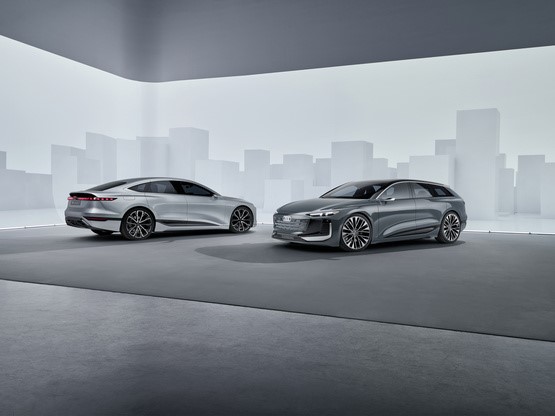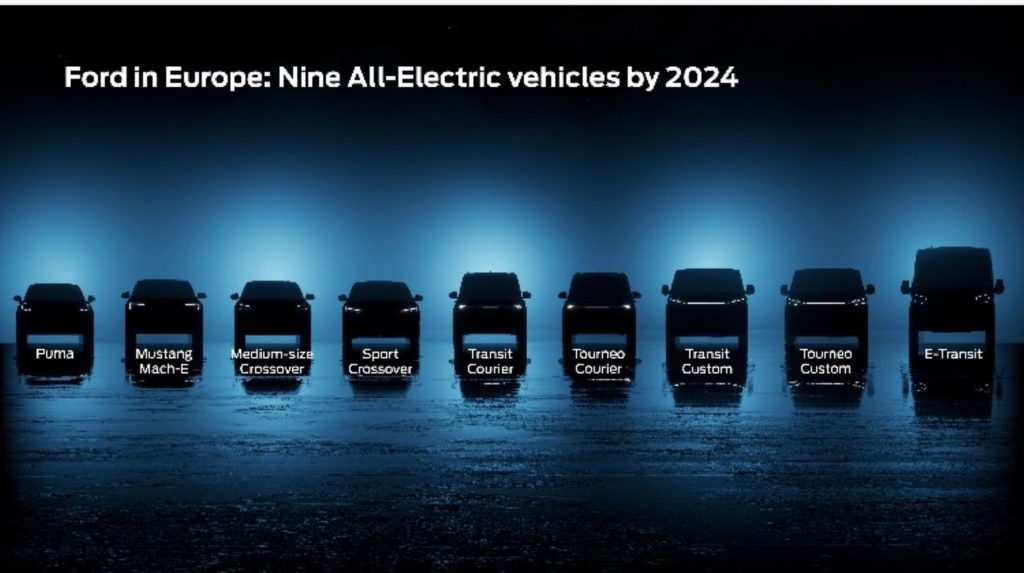15 Rider Deaths Provoke Calls For Government Action On Electric Scooter Regulations
Friday, 27. May 2022
A crackdown on private e-scooters is being recommended by the Parliamentary Advisory Council for Transport Safety (PACTS) after it found that 15 riders were killed on UK roads.
The independent body has collated records from the police, insurers and media for casualties involving e-scooters in 2021. This shows almost 900 casualties, with 20% involving injuries to pedestrians and cyclists.
The Department for Transport’s (DfT) figures show that there were 484 casualties involving e-scooters in 2020.
In a new report, The safety of private e-scooters in the UK, PACTS advises the DfT to adopt 14 safety regulations (see below) for their construction and use. These include a maximum speed limit of 12.5mph and mandatory helmets.
The report, funded by The Road Safety Trust, shows that in vital respects e-scooters are different from pedal cycles and should be assessed and regulated based on their own attributes.
David Davies, PACTS executive director, said: “E-scooters are a controversial issue and risks to riders and pedestrians are increasingly apparent. The Government should act now to curb dangerous and illegal use. Even if the Government decides on the way forward soon, legislation will not take effect until sometime next year. They should take this opportunity to gather evidence and consult widely – something which should have happened before the rental trials started but was curtailed by the pandemic.”
PACTS is clear in its report that rental e-scooters and their use are different in a number of significant respects from private e-scooters and private use. This will remain so. It said it will not be feasible to impose the sophisticated safety devices and management systems, employed in the better rental schemes, on private e-scooters and users.
A recent survey by law firm Keoghs, found that the public believe e-scooter riders should follow similar rules to other motorised vehicle users if they are permitted for use on UK roads.
Age restrictions and a licencing system for riders were favoured by around two-thirds of respondents, along with a ban on e-scooter use on pavements and pedestrianised areas.
PACTS recommendations for the safe construction and use of private e-scooters
- Maximum possible top speed of 12.5mph
- Maximum continuous rated motor power 250W
- Anti-tampering mechanisms should be included in construction. Tampering should be prohibited by law
- Minimum front wheel size of 12 inches (30.5cm) and minimum rear wheel size of 10 inches (25.5cm)
- Two independently controlled braking devices, one acting on the front wheel and one acting on the rearwheel
- Lighting to be mandatory at all times
- Maximum unladen weight of 20kg
- An audible warning device to be mandatory
- Helmet wearing to be mandatory
- Riding on the footway (pavement) or footpath to be prohibited
- Rider age limit of at least 16 years
- Carrying of a passenger to be prohibited
- Drink driving, dangerous or careless riding, and handheld mobile phone use to be prohibited
- In-person rider training and third party insurance are recommended.
By Graham Hill thanks to Fleet News
























